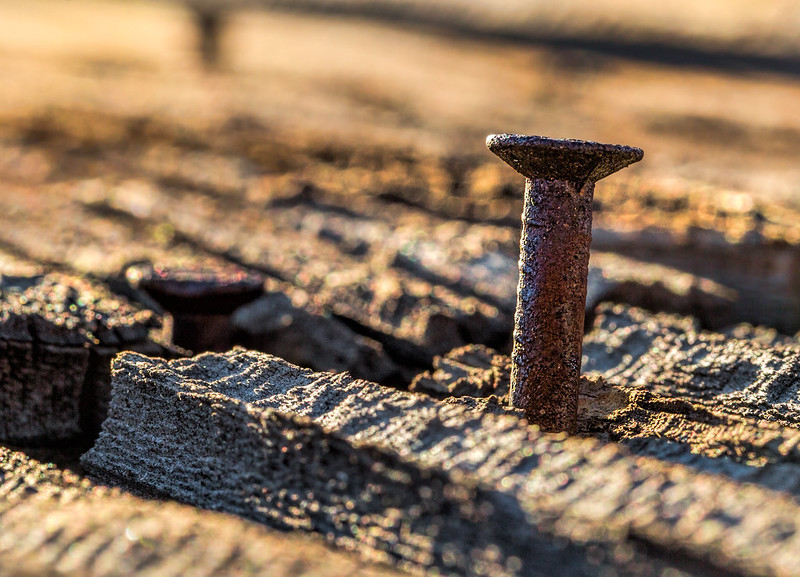Mining has played a big role in a lot of the products we use, but there’s a problem in many places.
Old mines can lead to toxic metals in wastewater, which then ends up in streams and rivers… which we don’t want to end up in our water supply.
But there may be a solution: a bacterium that kind of “eats” waste metal.
Leptospirillum ferriphilum is its scientific name, and with help from Chilean biotechnologist Nadac Reales, they can dissolve old iron nails in just a few days; previously the process would take months.
The research is now looking at whether this process can work efficiently on a larger scale.
If so, it could help deal with metal that’s discarded or the metal dust that can accumulate on land or in water.
And the final product is a liquid that’s used to extract other metals like copper, in a way that could make the extraction process greener.
Now that we know what they can do to actual metal, I want to know if these bacteria respond to heavy metal music.
Maybe that’s just me?
Plus, as useful as this is, I’m not going to introduce metal-eating bacteria to any Autobots.
Taylor Swift fans are enjoying her newly-released and re-recorded version of her “Red” album, except for a few fans who bought the deluxe 4LP box set version.
These LPs play at 45 rpm rather than the more common 33 rpm, so some fans hear a very slowed down version of the record on their turntables.
Here’s one review: “the sound is really scary, it’s like a Taylor’s voice from beyond the grave… is this a disgusting joke about halloween?”
These Hungry Metal-Eating Bacteria Could Be the Solution to Mining Waste (Popular Mechanics)
“The pressing is bad and it sounds like a man”: Taylor Swift fans confused by LPs pressed at 45rpm (The Line of Best Fit)
We are never ever doing another episode without our Patreon backers. Like, ever

